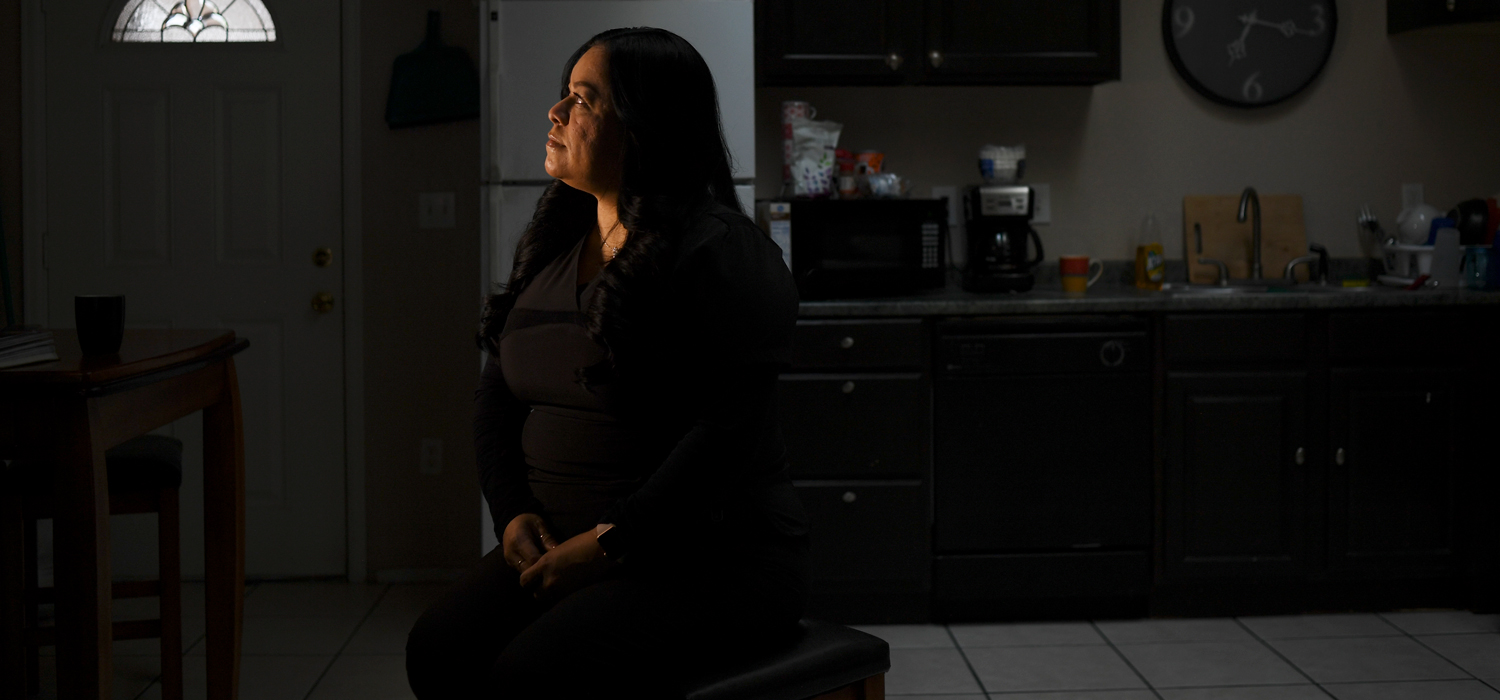
In an earlier version of this post, the figure referred to missed rent or mortgage payments, when the survey asked about partial or late payment. It also referred to missed utility bill payment when the survey asked about partial payment. The figure was updated to reflect the exact survey language on 11/01/18.
Whether owned or rented, housing is often people’s top monthly expense. Falling behind on housing payments can lead to severe consequences ranging from a damaged credit score to eviction. What is less clear is how the monthly pressure to pay for housing relates to the ability to pay for other basic needs, such as food and medical care.
Are families prioritizing their housing payments by jeopardizing their health and well-being, missing utility payments, skipping meals, or failing to keep up with medical needs or medical bills? And are renters less able than homeowners to weather a financial emergency, such as an unexpected medical expense? Our research suggests this may be the case.
Renters have it worse than homeowners
Using data from the Urban Institute’s 2017 Well-Being and Basic Needs Survey, we compared rates of material hardship—difficulties paying for housing, utilities, food, and medical care—among working-age owners and renters. Prior work using this survey finds that nearly 4 in 10 nondisabled, nonelderly adults faced difficulties meeting basic needs in 2017, regardless of whether they rented or owned a home.
Even after accounting for key socioeconomic differences, such as education, age, employment, and income, we find that renters (46 percent) are more likely than owners (36 percent) to report trouble paying for at least one of these basic needs.
Renters struggle the most with food expenses. Thirty percent of renters experienced food insecurity during 2017, compared with 13 percent reporting trouble meeting rent payments, suggesting they prioritize rent over food. Nearly 20 percent of renters had an unmet medical need because of cost or problems paying family medical bills.

Renters face greater financial uncertainty
Renters face greater financial uncertainties than homeowners, making them more vulnerable to hardship. More renters (28 percent) than owners (18 percent) express low confidence in their ability to produce a $400 savings cushion to cover an emergency expense.
Low-income renters struggle with savings even more: 50 percent of renters with incomes below 200 percent of the federal poverty level (FPL)—roughly $50,000 for a family of four in 2017—report low confidence in their capacity to save for emergencies. At the same time, 18 percent of renters experienced a large and unexpected drop in income in the past 12 months compared with 14 percent of homeowners.
Homeownership is no guarantee against hardship
Though they generally fare better than renters, low-income homeowners also struggle to cover living expenses. Nearly half of homeowners earning less than 200 percent of the FPL reported difficulties meeting basic needs. In contrast, only one in five homeowners earning at or above 400 percent of the FPL—at least $98,000 for a family of four in 2017—reported any hardship.
Much like renters, low-income homeowners report the greatest hardship with non-housing-related living expenses, including costs related to medical needs and food. Although 30 percent of low-income homeowners struggle with paying for food and more than one in four have unmet medical needs because of cost (27 percent) or struggle to pay medical bills (26 percent), fewer than one in ten high-income homeowners have the same problems.
Housing at what cost?
Regardless of whether they rent or own their home, people experiencing significant material hardship are struggling to meet non-housing-related basic needs and to save for financial emergencies. Our research suggests that families are forgoing other basic needs just to maintain a roof over their heads.
Although some proposed policy solutions would increase funding for rental assistance programs and reduce barriers to housing construction, safety net programs for renters are in jeopardy, and supports for low-income homeowners are limited. Our research adds to growing evidence that resource-strapped families face impossible decisions and trade-offs when paying for housing and basic needs like food and medical care every month. Weakening the housing safety net would only increase material hardships they already experience.
Tune in and subscribe today.
The Urban Institute podcast, Evidence in Action, inspires changemakers to lead with evidence and act with equity. Cohosted by Urban President Sarah Rosen Wartell and Executive Vice President Kimberlyn Leary, every episode features in-depth discussions with experts and leaders on topics ranging from how to advance equity, to designing innovative solutions that achieve community impact, to what it means to practice evidence-based leadership.